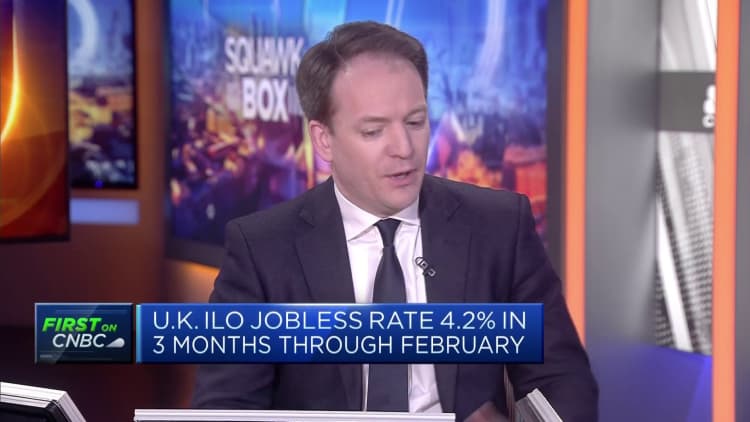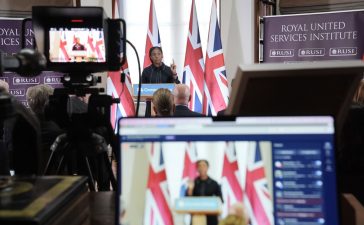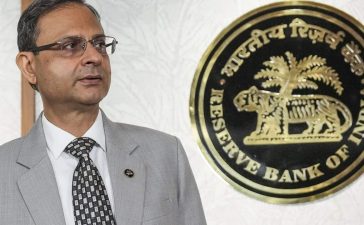Workers deliver drinks to a pub in the City of London, UK, on Tuesday, April 16, 2024.
Bloomberg | Bloomberg | Getty Images
Inflation in the U.K. eased to 3.2% in March from 3.4% in February, the Office for National Statistics said on Wednesday, but a set of higher-than-expected figures spurred investors to push back bets on the timing of the first Bank of England rate cut.
Economists polled by Reuters had expected a reading of 3.1%.
Food prices provided the biggest downward drag on the headline rate, the ONS said, while motor fuels pushed it higher.
The core figure, excluding energy, food, alcohol and tobacco, came in at 4.2%, compared with a projection of 4.1%. Services inflation, a key watcher for U.K. monetary policymakers, declined from 6.1% to 6% — again above the expectations of both economists and the BOE.
This week, investors have been monitoring signs of a cooling U.K. labor market, with unemployment unexpectedly rising to 4.2% in the period between December and February. Wage growth excluding bonuses meanwhile dipped from 6.1% in January to 6% in February.
BOE Governor Andrew Bailey on Tuesday said he saw “strong evidence” that higher interest rates were working to tame the rate of price rises, which has cooled from a peak of 11.1% in October 2022. The central bank’s own forecast is for inflation to “briefly drop” to its 2% target in the spring before increasing slightly.

But a higher-than-expected March core print firmly above 4% is likely to increase speculation that inflation is proving stickier than recent forecasts have suggested, and the timing of the first interest rate cuts may be moving further down the line.
Market pricing shifted on Wednesday, with a majority of investors now seeing a first cut of 25 basis points in September or November from the current rate of 5.25%, with only around a 25% likelihood of a June trim.
Uncertainty has also been raised over the path of central banks around the world given signs of continued inflationary pressures in the U.S., with analysts questioning who will move ahead of the Federal Reserve.
‘The U.S. direction’
Camille de Courcel, head of European rates strategy at BNP Paribas, on Wednesday told CNBC’s “Squawk Box Europe” that the latest data showed that the U.K. was “going in the U.S. direction” and provided a risk to her prior call for a June rate cut from the BOE.
While labor data surprised to the downside, the ONS has cautioned its month-on-month figures may be skewed by methodological issues. That means the BOE’s Monetary Policy Committee will be far more focused on upside surprises on wage growth and services, de Courcel said.
Some expect a sharp fall in inflation in next month’s reading due to the year-on-year impact of utility prices.
Ruth Gregory, deputy chief U.K. economist at Capital Economics, expects the print to fall below the 2% target in April and said in a Wednesday note that the BOE may still opt for a June cut, if inflation continues to decline in the coming months. But risks of U.S.-style stickiness or inflation fueled by geopolitical tensions in the Middle East are high, she added.
The British pound moved higher against both the U.S. dollar and euro following the announcement, trading up 0.3% against the greenback at $1.246 and 0.2% stronger against the euro at 1.172.
U.K. Finance Minister Jeremy Hunt, who is gearing up for a national election this year, said on social media platform X that the inflation data was “welcome news.”







